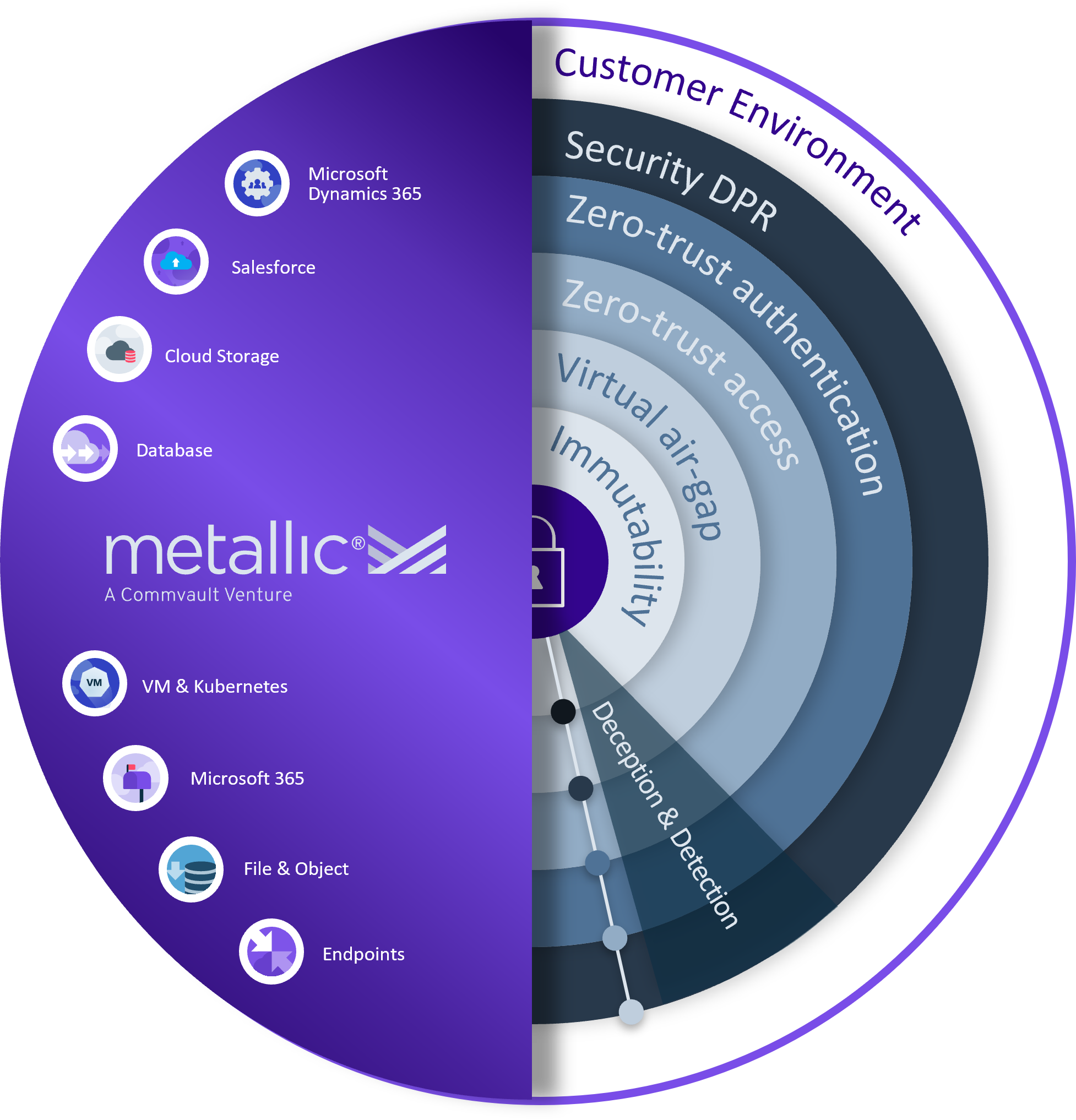How To Avoid A Risky BET On Data Protection Costs
Do you find yourself surprised by unexpected costs associated with your backup and recovery solution? You are not alone. Many newer backup solutions measure their consumption by back-end terabytes (BET). While BET is often presented as less expensive, especially in the near term, organizations often end up paying more based on BET and struggling to make decisions on retention requirements vs. additional backup software costs.
The false savings of BET
BET price per terabyte is based on the compressed file size and at first glance appears to be less expensive than licensing measured by the amount/scope of production data you’re protecting. Deduplication and compression will show a reduced storage footprint and potential cost savings when short term retention and generic data profiles are used for cost estimates. However, no customer truly has “generic” data that maximizes deduplication performance, nor can many customers meet their business continuity needs by keeping 15 days of retention. Variances in these two factors can drive BET costs much higher than initially anticipated.
The changing nature of data
Data is dynamic, going through de-duplication and compression as it moves to backup storage and changes in size. For example, 30 TB may be 16-17 TB after de-duplication and compression on the first backup (maybe more, maybe less). On subsequent incremental backups, size can quickly change as more unique data is added. You will likely end up needing more backup licensing than you planned at the outset, with data adding up over time even if the data is compressed. If you choose to keep a second offsite DR Copy in another location, the BET footprint can even double! Although BET is presented as less expensive, due to the changing nature of data and resiliency needs, it will often end up costing you more than you planned in the long run.
Price transparency from production-based measurement
Don’t like surprises? When you license based on the amount of data you have in production, you have clarity and predictability on your costs. The license capacity that is measured is based on your production data footprint, allowing for flexibility in usage and predictability in price. There are no unexpected software charges or penalties for the number of copies you make, giving you a more foreseeable and transparent view into pricing. And unlike BET, you know what your software cost is before you buy and start backing up data.
Key differences in BET and FET approaches:
| BACK-END TERABYTE | PRODUCTION DATA LICENSING |
| Relies on sizing compressed files and estimating change rates | Transparent and predictable pricing with no dependencies on compression size or change rate estimates |
| Costs are higher if you keep copies for long term retention | You are charged solely on how much data you choose to protect, regardless of how well/poorly the data compresses in backup, and totally independent of your data retention decisions. |
| Disaster recovery backup copies count towards your terabyte totals and result in incremental costs | No extra charges for version copies needed for disaster recovery, only for new production data that impacts total capacity |
You can benefit from flexible, transparent pricing and avoid unexpected costs with production-based licensing.
Production-based pricing and the flexibility and predictability they provide are things that Commvault strongly believe in.


